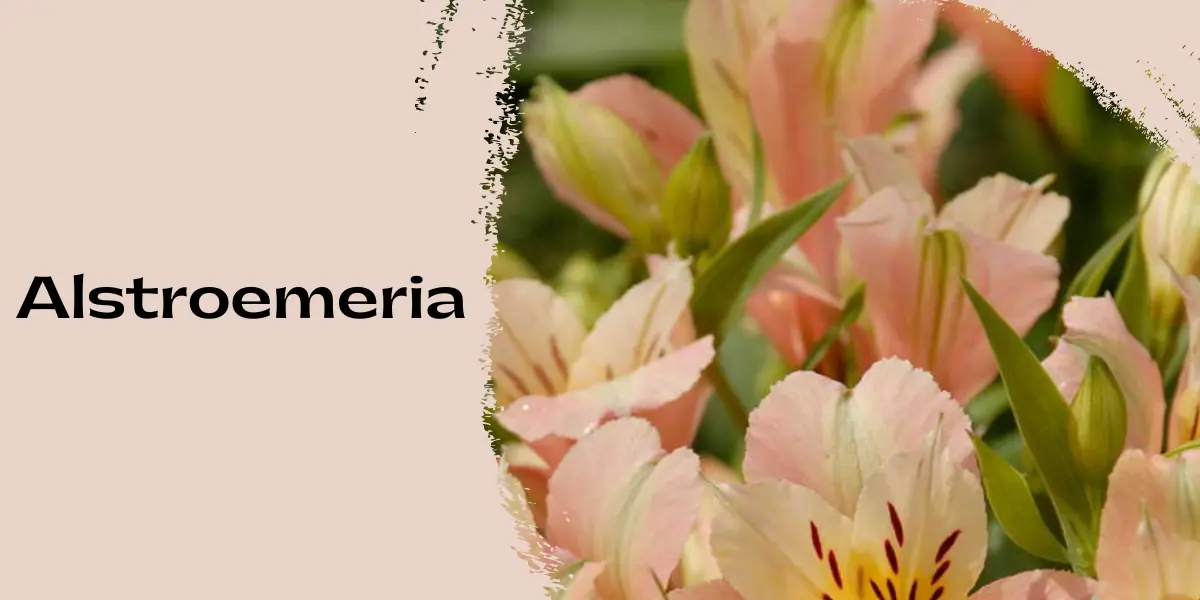Alstroemeria: Uses, Growing and Caring for Peruvian Lilies

Alstroemeria, also known as the Peruvian Lily or Lily of the Incas, is a stunning flower that has captivated gardeners and florists alike. With its vibrant colors, intricate patterns, and long-lasting blooms, it’s no wonder that Alstroemeria has become a favorite in gardens and floral arrangements. In this comprehensive guide, we will delve into the origins, growing conditions, care tips, and various uses of Alstroemeria to help you cultivate and enjoy these beautiful flowers to their fullest potential.
Origin and History of Alstroemeria
Alstroemeria is native to South America, primarily found in the cool, mountainous regions of Chile, Brazil, and Peru. The flower is named after the Swedish botanist Clas Alströmer, who collected seeds during a trip to South America in the 18th century. Since then, Alstroemeria has been extensively hybridized, resulting in a wide range of colors and patterns that we see today.
Characteristics of Alstroemeria
Alstroemeria flowers are known for their striking appearance. They typically feature six petals, often with contrasting colors and distinctive markings. The petals are usually speckled or streaked, adding to the flower’s allure. Alstroemeria plants can grow up to 3 feet tall and produce numerous blooms on each stem, making them a popular choice for both garden borders and cut flower arrangements.
Ideal Growing Conditions for Alstroemeria
Climate
Alstroemeria thrives in temperate climates with mild summers and cool winters. They prefer temperatures between 65°F and 75°F during the day and cooler nights. In hotter climates, providing some afternoon shade can help protect the plants from excessive heat.
Soil
These flowers prefer well-draining soil rich in organic matter. A slightly acidic to neutral pH (6.0 to 7.0) is ideal for optimal growth. Incorporating compost or well-rotted manure into the soil can improve fertility and drainage.
Sunlight
Alstroemeria requires at least 6 hours of sunlight daily to thrive. In regions with intense sunlight, partial shade during the hottest part of the day can prevent the leaves from scorching.
Watering
Consistent moisture is key for Alstroemeria. Water the plants regularly, ensuring the soil remains evenly moist but not waterlogged. Mulching around the base of the plants can help retain moisture and suppress weeds.
Planting Alstroemeria
Propagation
Alstroemeria can be propagated from seeds, tubers, or division. Seed propagation can be slow and may take several years for the plants to bloom. Tubers are a more common method and can be planted in the spring or fall. When dividing established clumps, ensure each division has a healthy portion of tuber and roots.
Planting Tubers
- Prepare the Soil: Amend the soil with compost and ensure good drainage.
- Plant the Tubers: Dig holes about 6 inches deep and place the tubers with the pointed end facing upwards.
- Spacing: Space the tubers about 12 inches apart to allow for growth.
- Cover and Water: Cover the tubers with soil and water thoroughly.
Caring for Alstroemeria
Fertilization
Feed Alstroemeria with a balanced, slow-release fertilizer in the spring and mid-summer. This will provide the necessary nutrients for robust growth and abundant flowering. Avoid high-nitrogen fertilizers as they can promote excessive foliage at the expense of blooms.
Pruning and Deadheading
Regularly deadhead spent blooms to encourage continuous flowering. Cut the stems at the base to stimulate new growth. In late fall, after the foliage has died back, trim the plants to ground level to prepare them for winter.
Pest and Disease Management
Alstroemeria is relatively pest-resistant but can occasionally be affected by aphids, slugs, and snails. Use organic pest control methods, such as neem oil or diatomaceous earth, to manage these pests. Fungal diseases like botrytis blight and root rot can occur in poorly drained soils. Ensure proper spacing and air circulation to minimize disease risk.
Uses of Alstroemeria
In the Garden
Alstroemeria’s vibrant colors and extended blooming period make them an excellent choice for garden borders, rock gardens, and container plantings. They can also attract pollinators, such as bees and butterflies, enhancing the biodiversity of your garden.
As Cut Flowers
Alstroemeria is prized for its long vase life, often lasting up to two weeks when properly cared for. To maximize the longevity of cut flowers, harvest them in the morning when the blooms are just starting to open. Remove any leaves submerged in water and change the water every few days.
In Floral Arrangements
Due to their diverse color palette and striking patterns, Alstroemeria flowers are frequently used in floral arrangements for weddings, events, and everyday decor. They pair beautifully with other flowers, such as roses, lilies, and chrysanthemums, creating visually stunning bouquets.
Common Varieties of Alstroemeria
‘Inca Ice’
‘Inca Ice’ is a popular variety known for its creamy apricot petals with pink and yellow streaks. It is a hardy and prolific bloomer, ideal for borders and containers.
‘Princess Lily’
‘Princess Lily’ features compact growth and a wide range of colors, including pink, purple, and red. It is perfect for small gardens and container plantings.
‘Indian Summer’
‘Indian Summer’ is distinguished by its deep orange petals with contrasting dark streaks. This variety is known for its vigorous growth and striking appearance.
Tips for Overwintering Alstroemeria
In regions with mild winters, Alstroemeria can be left in the ground with a thick layer of mulch for protection. In colder climates, it is advisable to dig up the tubers and store them in a cool, dry place until spring. Replant the tubers after the last frost to ensure a successful growing season.
Conclusion
Alstroemeria is a versatile and visually captivating flower that can enhance any garden or floral arrangement. By understanding its growing requirements and following proper care guidelines, you can enjoy the beauty of these flowers year after year. Whether you are a seasoned gardener or a novice, Alstroemeria offers a rewarding gardening experience with its vibrant blooms and resilience.



Leave a Comment